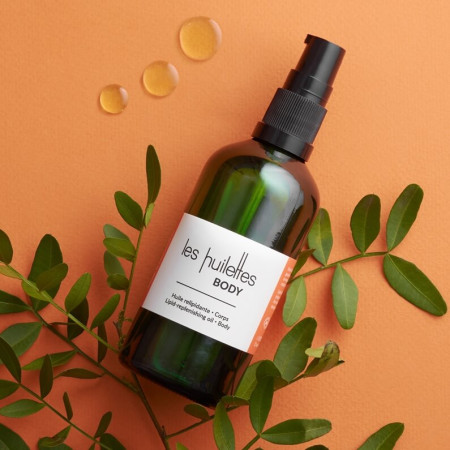
Photoprotection, phototoxicity or photosensitization?
Understand the difference of these technical terms.
Photoprotection refers to all means, natural or artificial, aimed at limiting the exposure of the skin to solar radiation.
Vegetable oils provide natural protection for the skin by strengthening the skin's hydrolipidic film. They have a nutritive action, often anti-radical, even repairing in some cases. Note that some oils richer in flavonoids are advertised as being slightly photoprotective. Their photoprotective action remains to be proven and they are far from sufficient to protect from UV rays. Indeed, they do not absorb them. Should we still remember that UV exposure causes a lot of damage and different reactions depending on the type of UV? It is always recommended to apply organic sunscreen during prolonged exposure to the sun.
Phototoxicity or photosensitization consists of a skin reaction occurring upon exposure to light.
Some essential oils can be phototoxic. The origin of this photosensitization comes from furocoumarins, molecules present in certain essential oils - mainly citrus zest (Bergamot, Grapefruit, etc.). To avoid redness of the skin and erythematous reactions, it is therefore recommended to stop using these essential oils 24 hours before sun exposure. les huilettes were formulated with essential oils without furocoumarins. And in the grapefruit essential oil present in mon huilette Body, they were removed.
